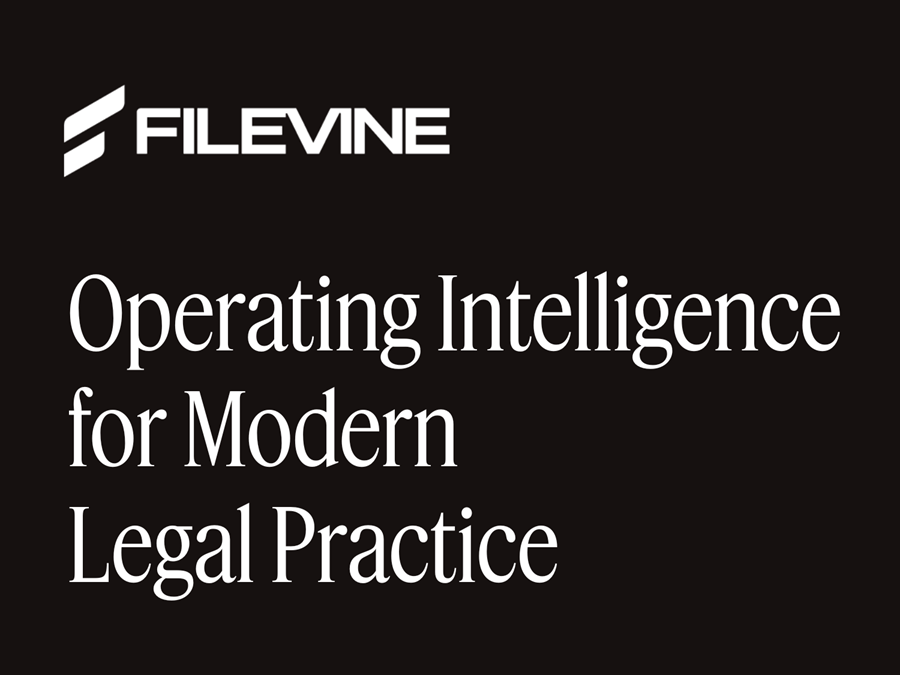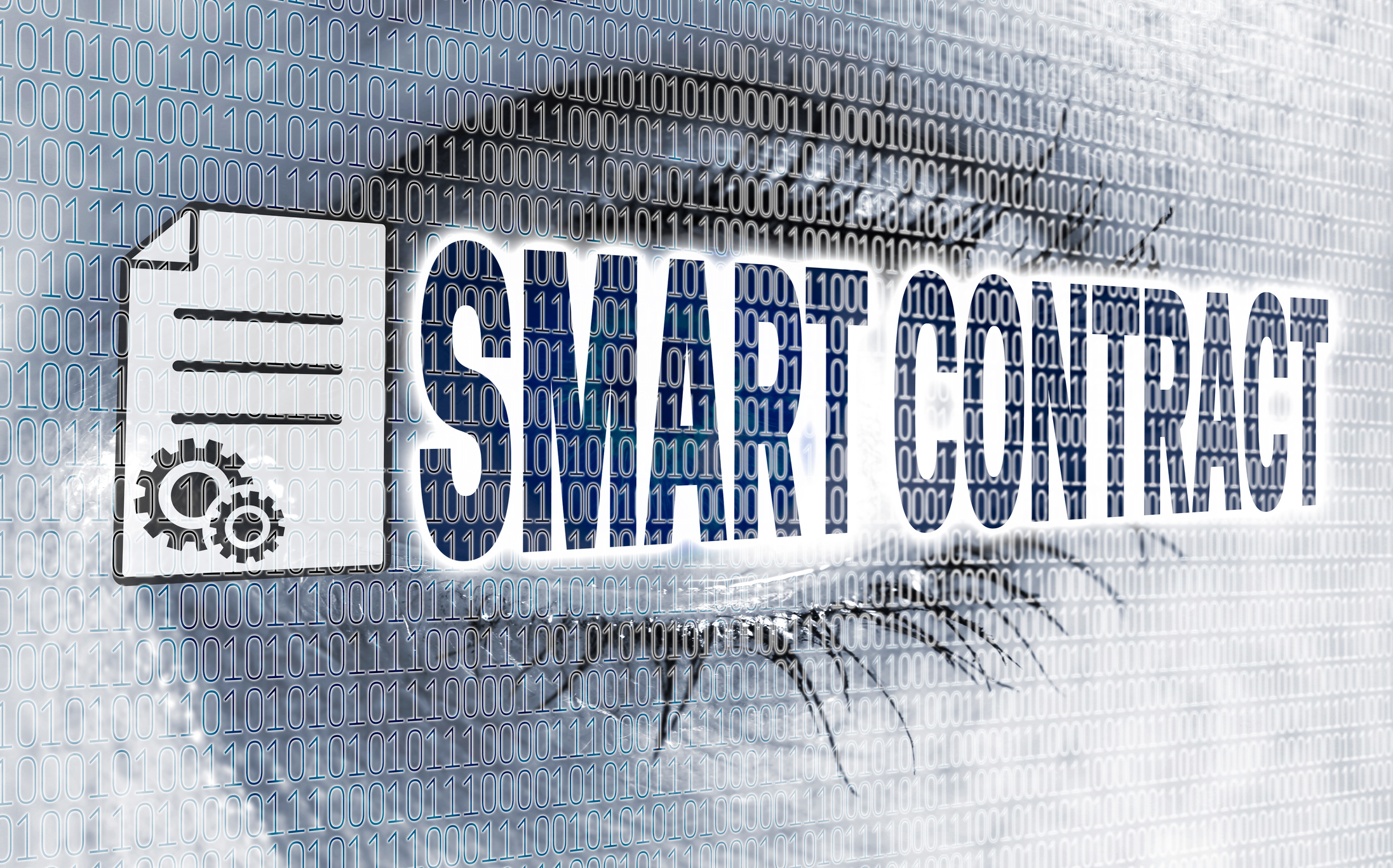#legal-operations
#legal-operations
[ follow ]
#contract-management #legal-technology #cloc #in-house-counsel #ai-integration #contracts #generative-ai
fromAbove the Law
1 week agoMoving Past The Hype: AI In Action For Corporate Law Departments - Above the Law
Imagine a day focused on strategic, meaningful legal work instead of tedious, manual tasks. In this guide from our friends at Litify, you can move past the hype and explore the practical ways to use AI throughout your workflow, from intake to billing. Whether itʼs analyzing documents to identify the most important information or leveraging data to determine the next best step, legal AI can help unleash your full potential.
Artificial intelligence
fromAbove the Law
2 weeks agoWhy Waiting For A Crisis To Involve Legal Will Cost You Millions - Above the Law
When Tara Trantham talks about the cost of delay, she is not speaking in hypotheticals. As the chief legal officer of a billion-dollar publicly traded company, she faced simultaneous investigations from the Consumer Financial Protection Bureau and the Department of Justice. Without the benefit of legal technology or streamlined processes, she and her team had to manually pull five years of legal complaints into spreadsheets for multiple agencies.
Law
fromAbove the Law
1 month agoHow AI Should Replace My In-House Law Job - Above the Law
AI is already replacing my job without firing me (for now). Legal executives expect the work of in-house legal teams to start and end with AI tools. This expectation makes sense given that a key role of legal executives is to use legal costs efficiently, and AI tools have the most appealing potential to reduce time and costs on research, contract drafting, case management, providing guidance, and other projects.
Law
Growth hacking
fromAbove the Law
4 months agoFuture-Proofing Legal: What It Takes In 2025 - Above the Law
Legal teams must evolve from a back-office function to strategic partners in business, demonstrating measurable impact.
Value-based pricing is replacing the billable hour as a more effective model for legal departments.
[ Load more ]



